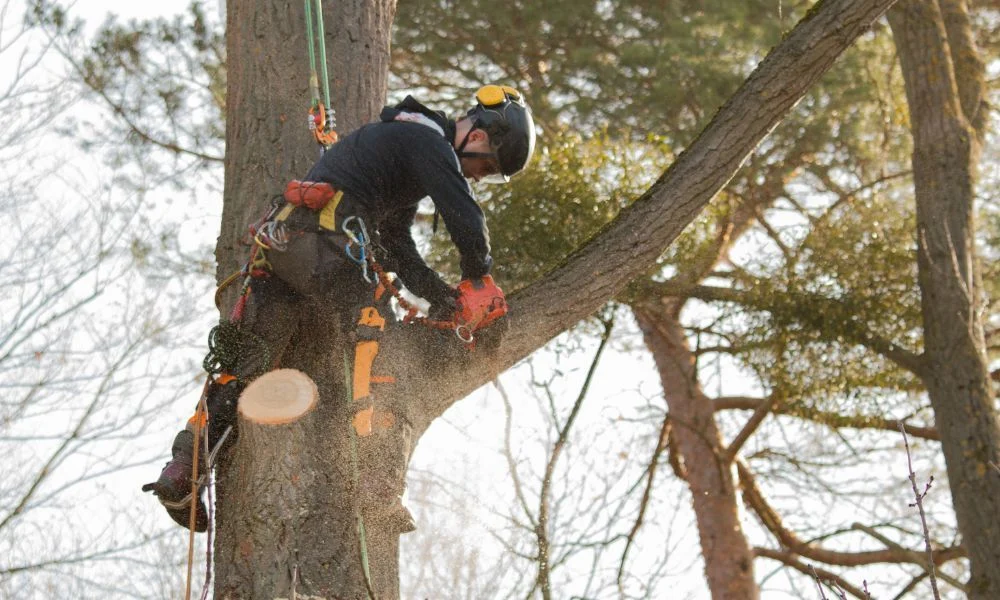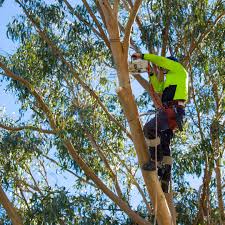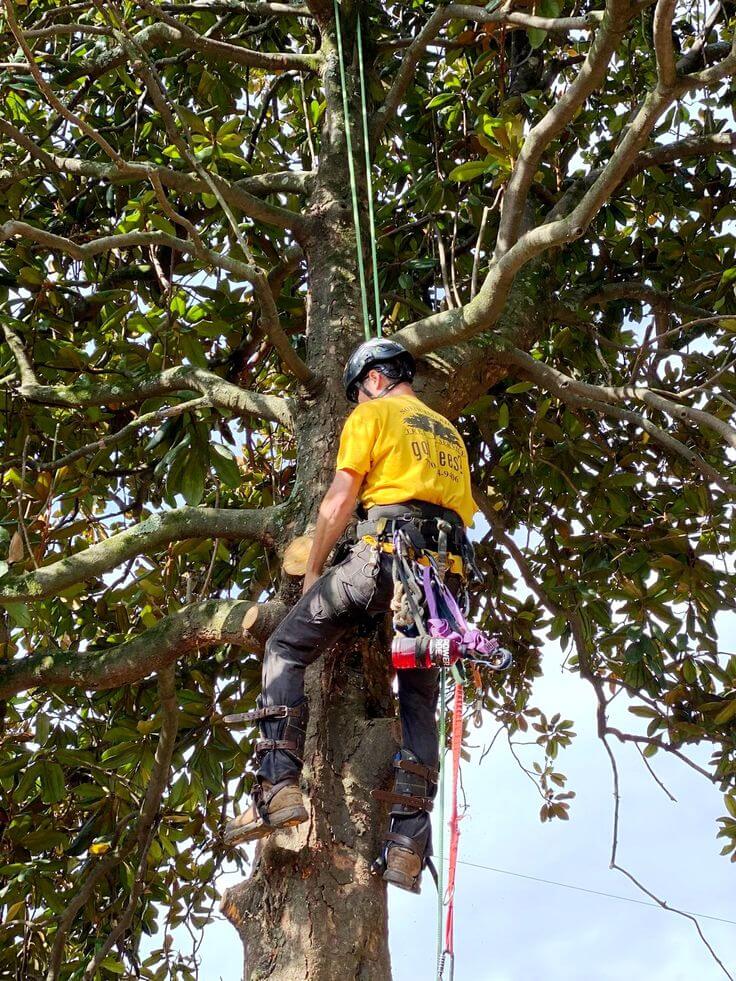Arborist Tree Removal: A Comprehensive Guide
Introduction
Trees are the unsung heroes of our environment, offering shade, oxygen, and a sense of tranquility. But there are times when a tree might need to be removed, whether due to safety concerns, health issues, or landscaping needs. This is where arborist tree removal comes into play. In this guide, we’ll delve into everything you need to know about the process, from understanding the role of an arborist to the steps involved in safe and efficient tree removal.

Understanding Arborist Services
Who is an Arborist?
An arborist is a tree care professional who specializes in the cultivation, management, and study of trees, shrubs, and other perennial woody plants. Unlike general tree removal specialists, arborists are trained to assess the health and safety of trees and recommend the best course of action for their care, including removal when necessary.
Difference Between an Arborist and a Tree Removal Specialist
While both professionals deal with trees, the key difference lies in their approach and expertise. Arborists have a broader focus on the overall health of trees, offering services like pruning, disease treatment, and fertilization. In contrast, tree removal specialists primarily focus on safely removing trees that are no longer viable.
Qualifications and Certifications of an Arborist
Certified arborists typically hold credentials from organizations like the International Society of Arboriculture (ISA). This certification ensures they have undergone rigorous training and testing in tree care, safety, and ethics. When hiring an arborist, always check for these certifications to ensure you’re working with a qualified professional.
Why You Might Need Tree Removal
Safety Concerns
A major reason for tree removal is safety concerns. Trees that are dead, dying, or structurally unsound can pose serious dangers to both people and property. Severe weather, pests, and disease can weaken a tree, making it susceptible to falling.
Health of the Tree
Sometimes, despite best efforts, a tree’s health may decline beyond recovery. When a tree is diseased or infested with pests, it can quickly become a danger to other nearby plants and structures. In such cases, removal might be the most responsible choice.

Aesthetic Reasons
A tree that is overgrown, misshapen, or obstructing a view can detract from the beauty of your landscape. Arborist tree removal can help restore your property’s appearance by removing unsightly trees and allowing room for new growth.
Property Development or Landscaping
When undertaking major landscaping or construction projects, tree removal might be necessary to clear the area. Arborists can help plan the best approach to remove trees with minimal disruption to your property.
Assessing Tree Removal Needs
Signs a Tree Needs to Be Removed
There are several signs that indicate a tree might need to be removed. These include:
Dead or dying branches: Especially if they are concentrated on one side of the tree.
Hollow trunk: A sign that the tree is structurally unsound.
Fungal growth: Mushrooms growing at the base of a tree can indicate internal decay.
Leaning: A tree that suddenly starts leaning may be a safety hazard.
Professional Tree Inspection
Before deciding on tree removal, it’s essential to have a professional arborist conduct an inspection. They can assess the tree’s health, stability, and the potential risks it poses. This evaluation helps determine whether removal is the best option or if alternative treatments might be viable.
Environmental Considerations
Tree removal should always be approached with environmental awareness. Consider the impact on local wildlife and the ecosystem. In some cases, preserving a tree may be better for the environment, or you might explore options like relocating the tree instead of removing it.
The Process of Tree Removal
Initial Consultation and Assessment
The tree removal process begins with a consultation with an arborist, who will assess the tree and discuss your needs.
Cost Estimation and Planning
Once the assessment is complete, the arborist will provide a cost estimate and outline the plan for removal. This includes the equipment needed, the number of workers required, and the estimated time to complete the job.
The Removal Procedure
On the day of removal, the arborist and their team will typically start by cutting down the tree in sections, beginning with the upper branches. This method ensures the safe removal of even large trees in confined spaces. Specialized equipment like cranes or ropes may be used to lower large sections to the ground.
Risks and Challenges in Tree Removal
Potential Hazards
Tree removal is inherently dangerous. Falling branches, malfunctioning equipment, and working at heights all pose significant risks. This is why it’s crucial to hire a professional who is trained in safety protocols.
Common Challenges Faced by Arborists
Arborists often encounter challenges such as limited access to the tree, dealing with power lines, or working in adverse weather conditions. Each of these factors can complicate the removal process, requiring specialized skills and equipment.
Legal Considerations and Permits
In some areas, tree removal requires a permit, especially if the tree is on public property or part of a protected species. Before proceeding with removal, it’s essential to check local regulations and obtain any necessary permits.
DIY Tree Removal vs. Hiring a Professional
Risks of DIY Tree Removal
While it might be tempting to remove a tree yourself, especially to save money, DIY tree removal can be extremely dangerous. Without the proper equipment and experience, you risk injury or property damage. Additionally, incorrectly removing a tree can lead to further complications, like regrowth from the stump.
Benefits of Hiring a Professional Arborist
Enlisting an expert guarantees that the task is completed both safely and efficiently. Arborists have the expertise to handle complex removals, including those near structures or power lines. They also carry insurance, protecting you from liability if something goes wrong.
Choosing the Right Arborist
What to Look for in an Arborist
When selecting an arborist, look for someone with a good reputation, proper certifications, and experience with the type of tree removal you need. It’s also essential to ensure they have the necessary equipment for the job.
